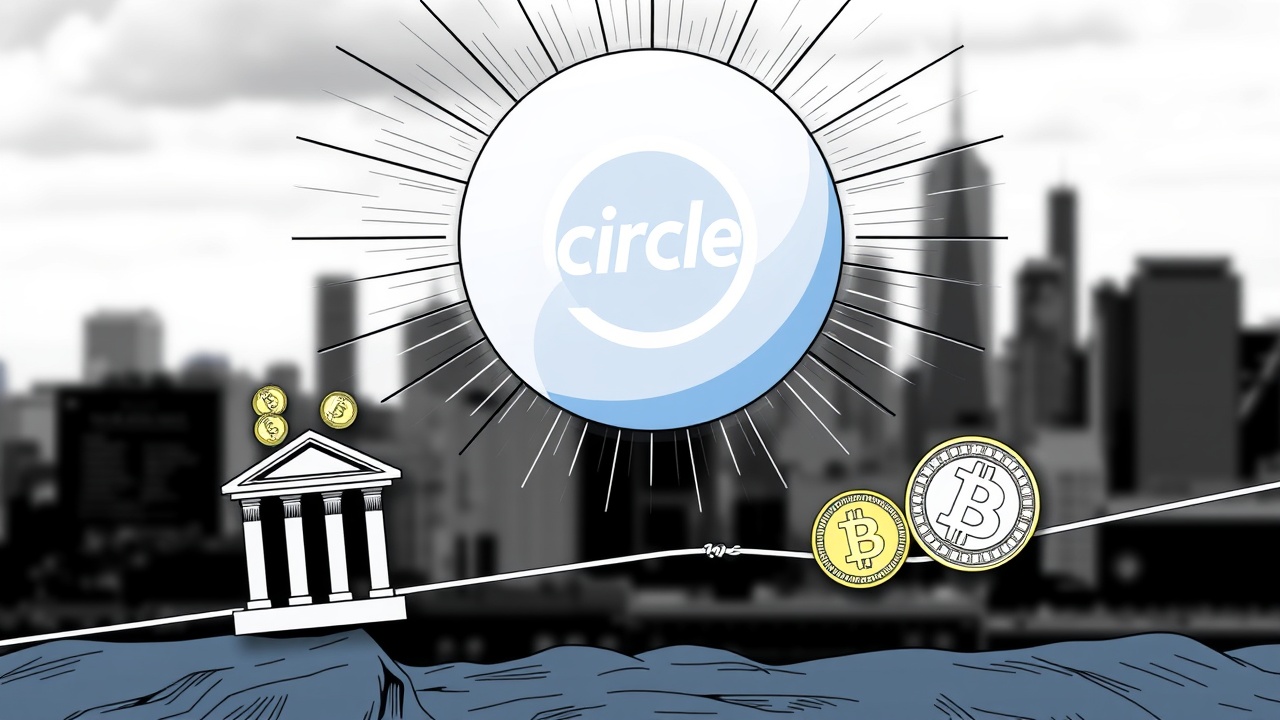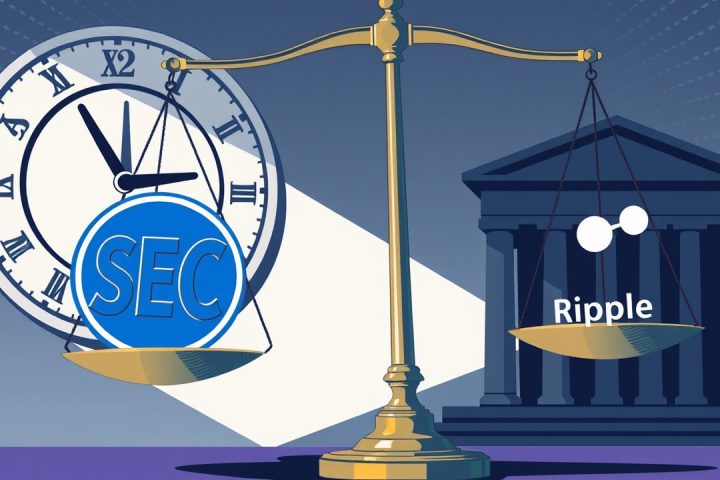Circle’s Rise Dominates the Stablecoin Space
As the cryptocurrency landscape evolves, Circle has emerged as a leading player in the stablecoin arena, particularly with its flagship product, USD Coin (USDC). With its proactive regulatory approach and notable alliances with major financial entities like Shopify, Mastercard, and Visa, Circle showcases a positive narrative about the integration of cryptocurrencies into mainstream finance. However, this success story reveals potential pitfalls that could undermine the foundational philosophy of decentralization in the crypto space.
The Promise and Perils of Stablecoins
Stablecoins have been hailed as a solution for users, especially in developing regions, allowing them to bypass steep transaction costs and navigate unpredictable currency fluctuations. Yet, as Circle further entrenches its position, there’s a genuine concern that it might convert the original intentions of stablecoins into a centralized mechanism that replicates traditional financial systems’ limitations.
Circle’s strategy involves aligning closely with regulators in the U.S. and ensuring compliance, thus establishing USDC as the point of trust among banks and consumers. This has enabled USDC to become prevalent not just in decentralized finance (DeFi) sectors, but is also gaining ground in conventional financial systems, raising questions of whether our faith in decentralized financial models is misplaced.
The Importance of Competition
While stablecoins collectively promise critical features such as cost-effectiveness and speed, they also present a unique challenge due to their functional similarities. One might wonder, with several stablecoins in circulation, why not consolidate around a singular option? However, this notion could lead to detrimental consequences, as competition is necessary to spur innovation and cost-effectiveness among suppliers. Without it, we risk handing disproportionate power to leading issuers, like Circle, enabling them to dictate terms at the consumers’ expense.
The future painted by a scenario where Circle monopolizes the stablecoin market could parallel the fee structures imposed by credit card networks. In such an environment, the anticipation for cryptocurrencies to disrupt traditional finance might dwindle, only to be replaced by obligatory transaction fees that are all too familiar.
The current combined dominance of Visa and Mastercard, which generates massive annual revenue from interchange fees, is a potential mirror for what could happen in the realm of stablecoins under Circle’s influence. Merchants, akin to victims of an essential service, might find themselves beholden to USDC’s rules without viable alternatives, unable to detach from its network without severe repercussions for business.
Ensuring a Balanced Crypto Environment
Though many support Circle’s advances, claiming that alignment with regulatory bodies is essential for the broader acceptance of stablecoins, we must ensure this strategy does not come at the expense of decentralization and user autonomy. Collaboration with regulatory entities should co-exist alongside the diverse landscape of stablecoin options.
For the evolution of a balanced and equitable crypto environment, it is paramount that all stakeholders—including regulators, consumers, and advocates—encourage a thriving ecosystem of varied stablecoin options. This pursuit of competition will ensure that Circle and other issuers cannot impose unwarranted fees or operational constraints.
As we reflect on Circle’s ascent within the crypto domain, it is crucial to recognize the potential dangers of a landscape populated by monopolistic entities. A future filled with fees reminiscent of traditional finance will not be a win for the advancement of blockchain technology. To achieve a financial paradigm that embodies freedom and openness, we must strive to keep stablecoins as viable instruments for inclusivity, rather than tools designed for profit extraction.




